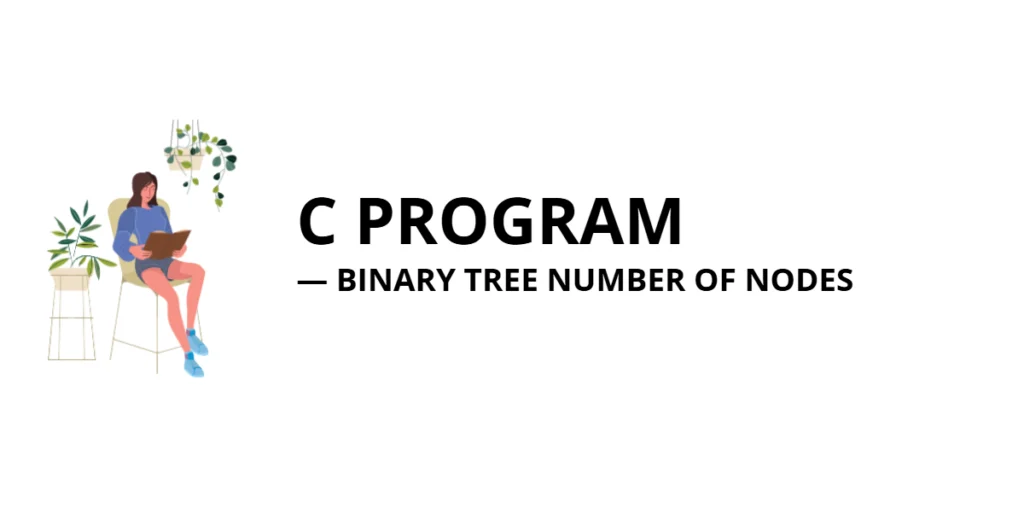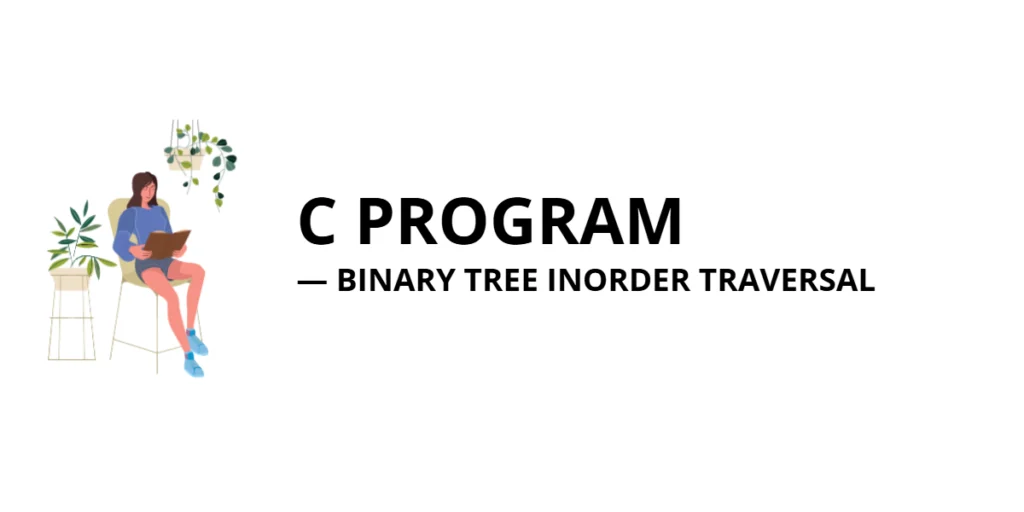C Program to Implement a Binary Search Tree (BST)
A Binary Search Tree (BST) is a special type of binary tree where each node follows a strict ordering property: the left child contains values less than the parent node, and the right child contains values greater than the parent node. BSTs allow efficient searching, insertion, and deletion operations, making them fundamental in algorithms requiring […]
C Program to Implement a Binary Search Tree (BST) Read More »









